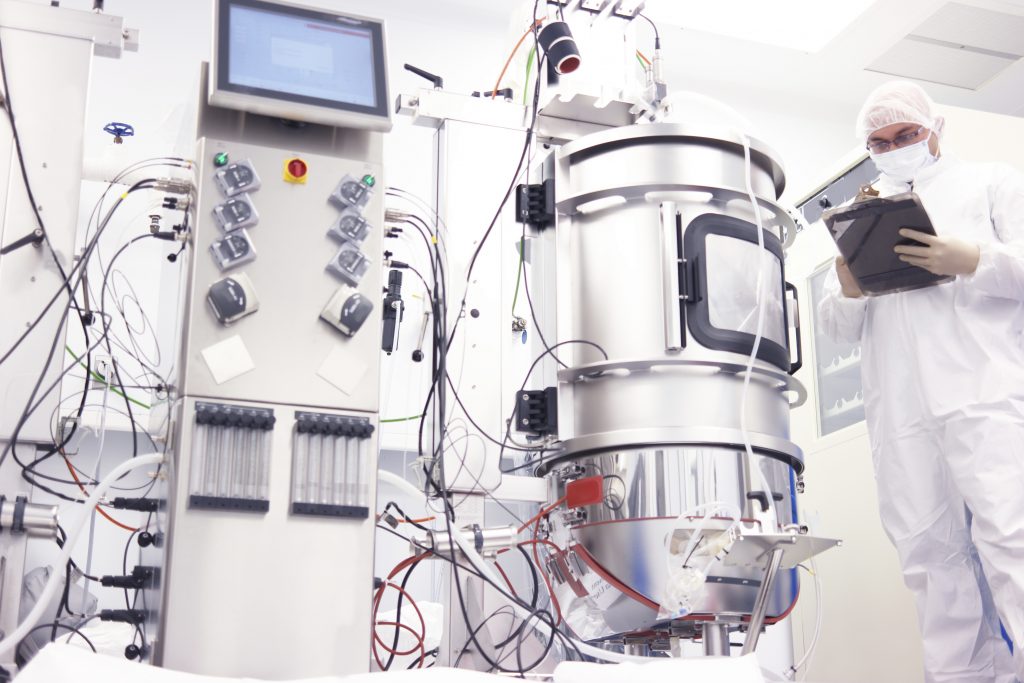I’ve been working closely with contract manufacturing organisations (CMOs) for many years now. Some of these have been in the USA, some in Europe and some in Asia. What they have in common is that all have been a vital component in the development and manufacturing strategy of the organisations that I’ve been working for. Unsurprisingly, I was generally working with a small and mid-size biopharmaceutical entity (SME) rather than multinational pharma that often have the resources to perform their own manufacturing or testing whereas the smaller companies do not. If you look at the numbers relating to CMO use in the United States, almost 80% of products approved by the FDA will have been manufactured by a CMO on behalf of a SMEs. This drops to approximately 50% for mid-sized companies.
There are good reasons for this – small and medium sized companies typically lack the funds to build a biopharmaceutical manufacturing facility with all the related overheads. Their pipelines are typically too sparse to take the financial risk of building a facility and then finding their products fail commercially. Therefore, there is an inter-dependency between CMOs and their SME partners where either might struggle without the other.
A typical model of SMEs is that following successful phase II clinical trials they begin to identify CMO partners that may have the scale and capabilities to supply phase III and commercial supply. Phase III & supply often go hand in hand given that the full-scale process will frequently be validated at facility performing the Phase III that will result in a large regulatory and logistical headache if the commercial supply is then relocated.
Given the substantial costs involved with phase III validation & supply, it becomes important for the SME to either IPO to finance this. Alternatively, they find potential future partners on the basis that they will wish to utilise the CMO capability and capacity.
Big Pharma & outsourcing
However, there is an issue. The number of new products produced at CMOs that are being registered with regulatory agencies has been falling over the last decade [1]. This is because pharma is depending less and less on major CMOs and increasingly investing in their own manufacturing facilities and building the skill sets to run them. It would appear that the wish is to have control over products that form their key revenue streams. So, while specialized products such as cell therapies are still being outsourced, core products are less so.
What compounds this is that national governments often provide generous incentives and subsidies to drive organizations to construct facilities in their countries. An example of this is in less than two years, Singapore attracted four major biologics manufacturing investments totalling close to US$1 billion. This included Genentech’s build of a US$140 million commercial-scale manufacturing facility and GlaxoSmithKline (GSK) construction of a US$200 million commercial-scale manufacturing facility to produce paediatric vaccines [2]. Furthermore, it may be the case that regulatory agencies prefer to see local manufacture rather importing bulk drug substance of drug products produced at a CMO in another country. Consequently, this can add pressure to a company when deciding where to produce a new product.
Contract Manufacturing Organisations Flexibility
Biotech companies are increasingly providing the novel products to fill the pipelines of big pharma. Therefore, with the in-licensing and acquisitions previously mentioned, the CMOs continue to provide flexibility for companies to produce future unknown products. Furthermore, CMOs are offering increasingly innovative approaches to assist clients. These include offering dedicated equipment to clients within their facility. This avoids clients having the aggravation and responsibility for expensive operational overheads of running a facility yet having access to their equipment and manufacturing slots as and when required.
I’m pretty sure that I’ll continue to work with CMOs into the foreseeable future and I’ll watch with continued interest on how their business models continue to evolve as time passes in servicing the biopharmaceutical community.
[1] J. Miller, “What’s Next for the CMO Industry?,” Outsourcing Resources Supplement to Pharmaceutical Technology 40 (8) 2016.
[2] PRNewswire – Singapore attracts 4 biologics manufacturers


